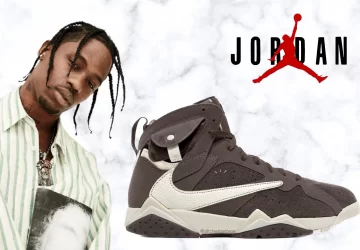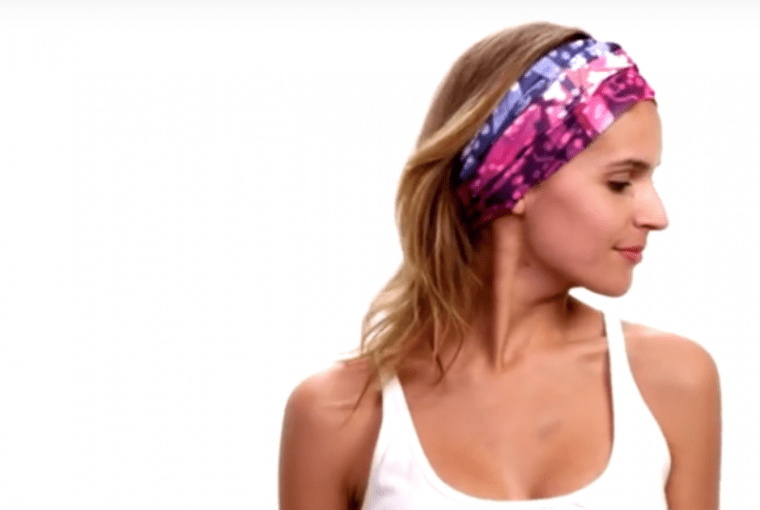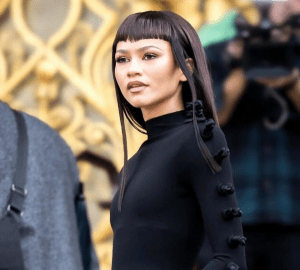How can one bit of material be so darn useful? The multifunctional headwear that is the Buff is one of the simplest bits of outdoor kit you will ever buy, and there are more ways of putting it to good use than you might realize. So if you want to join the headband heroes of the outdoor world and get yourself buffed up, then you must know all the different methods of how to wear a Buff properly.
But before we demonstrate how to get in the buff, it’s worth noting that there’s not just one type of tubed coziness to cover up with. Since the dawn of the Original Buff back in the 90s, loads of different and very cool Buffs have been created: fleece-lined, windproof, Merino, long, reversible, knitted, and even a UV buff that offers protection from UV rays – to name but a few.
Why are Buffs so Great?
Aside from their innate versatility, they are also pretty good at controlling the temperature of your head. The moisture-wicking properties keep sweat under wraps, preventing the cooling of excess moisture and thus lowering the chances of losing body heat. They are thin enough to fit under helmets easily with no uncomfortable seams and are made from non-itchy microfibers.
Different Types of Buffs
Buffs come in various types and materials, each designed to cater to specific needs and activities. Let’s explore the different types of Buffs and the materials commonly used to create them:
Original Buff
The Original Buff is the classic and most versatile type. It is a seamless tube of microfiber fabric that can be worn in various ways, including as a neck gaiter, headband, beanie, wristband, and more. The material is typically a blend of polyester and elastane, which provides excellent stretch, moisture-wicking properties, and breathability.
UV Buff
UV Buffs are specially designed for sun protection. They feature a higher level of UPF (Ultraviolet Protection Factor) to shield the skin from harmful UV rays. These Buffs are commonly used for outdoor activities where prolonged sun exposure is a concern. The UV Buffs are made from lightweight and moisture-wicking materials to keep you cool and protected in hot conditions.
Merino Wool Buff
Merino Wool Buffs are perfect for colder environments and activities where added warmth is needed. They are made from natural merino wool, which has excellent insulating properties while still being breathable and odor-resistant. Merino Wool Buffs are ideal for winter sports, hiking in cold weather, and camping during chilly nights.
Polar Buff
Polar Buffs are designed for extreme cold conditions. They feature a soft and warm Polartec fleece layer attached to the classic microfiber fabric. This combination provides excellent thermal insulation, making Polar Buffs perfect for winter sports like skiing, snowboarding, and mountaineering.
CoolNet UV+ Buff
The CoolNet UV+ Buff is engineered with cooling technology. The fabric is made using recycled polyester microfiber, and it is designed to wick away moisture, keeping you dry and comfortable during intense activities. These Buffs offer UPF 50+ sun protection, ideal for hot and sunny climates.
Reflective Buff
Reflective Buffs are designed with safety in mind. They feature reflective strips or patterns that increase visibility during low-light conditions or at night. Reflective Buffs are a great choice for runners, cyclists, and anyone engaged in outdoor activities during dawn or dusk.
Insect Shield Buff
Insect Shield Buffs are treated with a special insect repellent to keep bugs at bay. The repellent is odorless and remains effective for up to 70 washes. These Buffs are perfect for camping, hiking in bug-prone areas, or any outdoor activity where you want to avoid pesky insect bites.
National Geographic Buff
National Geographic Buffs feature unique designs inspired by natural landscapes and wildlife. A percentage of the proceeds from the sale of these Buffs often goes towards supporting conservation efforts and environmental causes.
Filter Buff
Filter Buffs are equipped with a 3-layer filter that helps protect against airborne particles, dust, and pollution. These Buffs are especially useful in urban environments or during activities in areas with poor air quality.
Licensed Buffs
Licensed Buffs feature designs in collaboration with various brands, sports teams, or characters from popular media. They offer a fun and personalized way to showcase your interests while enjoying the functionality of a Buff.
How to Wear a Buff
Wearing a Buff may seem straightforward, but its versatility allows for a wide range of styles to suit various activities and weather conditions. Whether you’re hiking, cycling, skiing, or simply adding a fashion statement to your outfit, mastering the art of Buff styling can enhance your comfort, protection, and style during your adventures. Here’s a step-by-step guide on how to wear a Buff in different ways:
The Classic Neck Gaiter
- Step 1: Hold the Buff with both hands, one on each end.
- Step 2: Place the Buff around your neck, allowing it to hang loosely.
- Step 3: Pull the ends of the Buff up and over your nose and mouth for added protection in colder or windier conditions.

The Headband
- Step 1: Fold the Buff into a narrow strip, about 2 to 3 inches wide.
- Step 2: Position the folded Buff across your forehead.
- Step 3: Pull the ends of the Buff towards the back of your head, securing it in place.
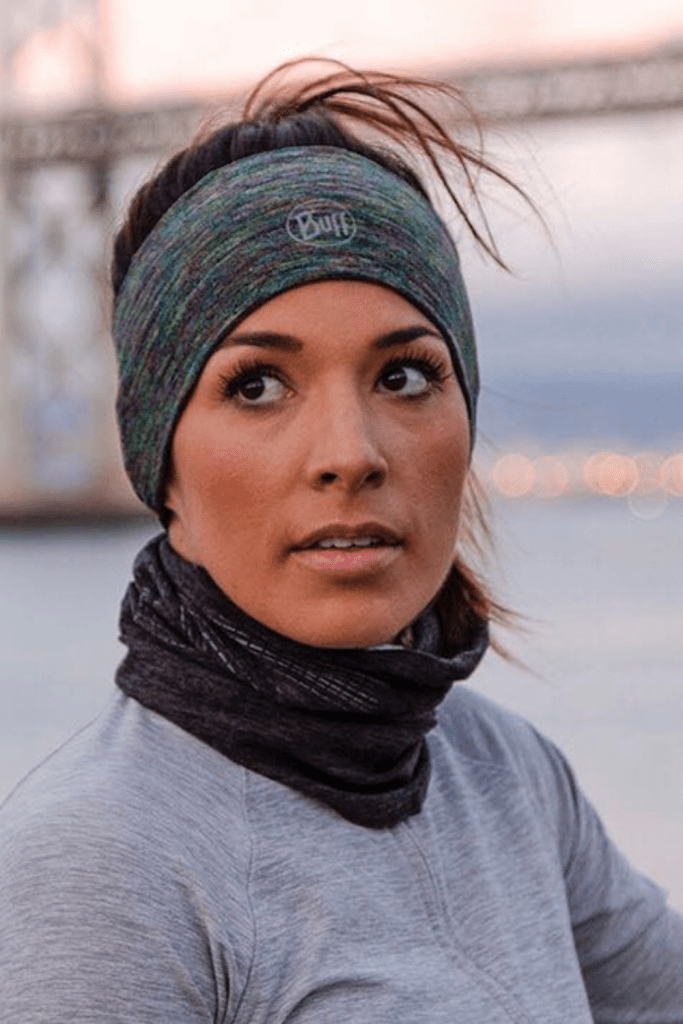
The Beanie
- Step 1: Fold the Buff into a triangle shape.
- Step 2: Place the folded Buff on your forehead, with the pointed end facing backward.
- Step 3: Tie the two ends of the Buff at the back of your head to form a snug beanie.
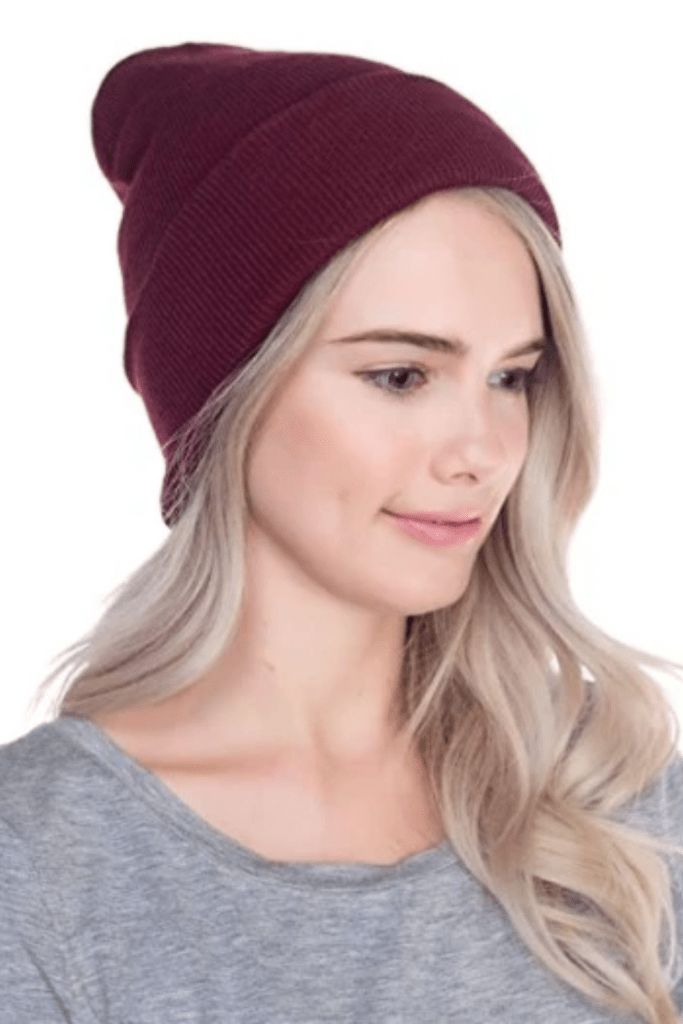
The Wristband
- Step 1: Fold the Buff into a narrow strip, about 1 to 2 inches wide.
- Step 2: Wrap the folded Buff around your wrist, securing it in place.

The Sun Shield
- Step 1: Hold the Buff with both hands, one on each end.
- Step 2: Place the Buff around your neck and pull it up to cover the back of your neck, ears, and the lower half of your face.
- Step 3: Adjust the Buff to shield yourself from the sun’s rays.
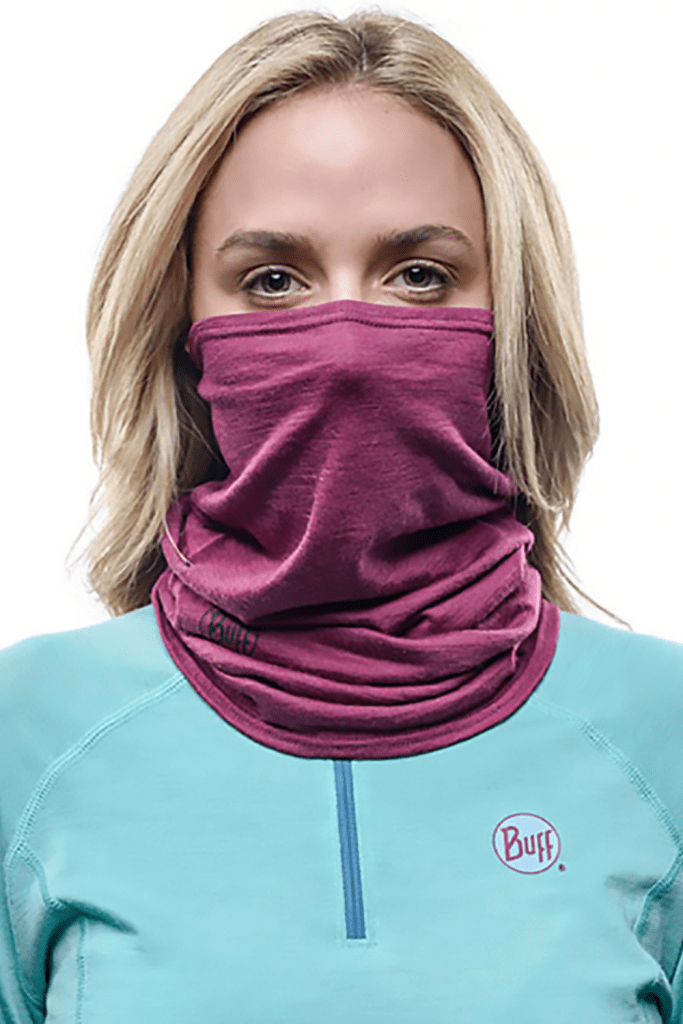
The Pirate-Style Cap
- Step 1: Fold the Buff diagonally to create a triangle shape.
- Step 2: Place the folded edge on your forehead, with the pointed end facing backward.
- Step 3: Tie the two ends of the Buff at the back of your head, forming a pirate-style cap.
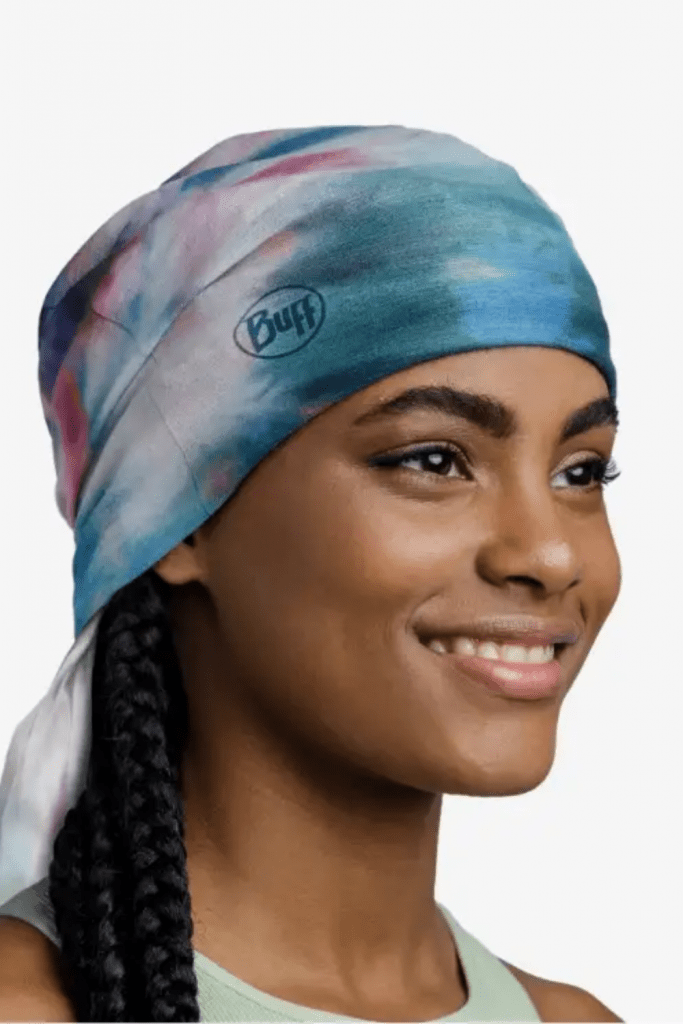
The Bandana Wrap
- Step 1: Fold the Buff into a triangle shape.
- Step 2: Place the middle point of the triangle on your forehead.
- Step 3: Wrap the ends of the Buff around your head and tie them at the back for added warmth during chilly hikes.
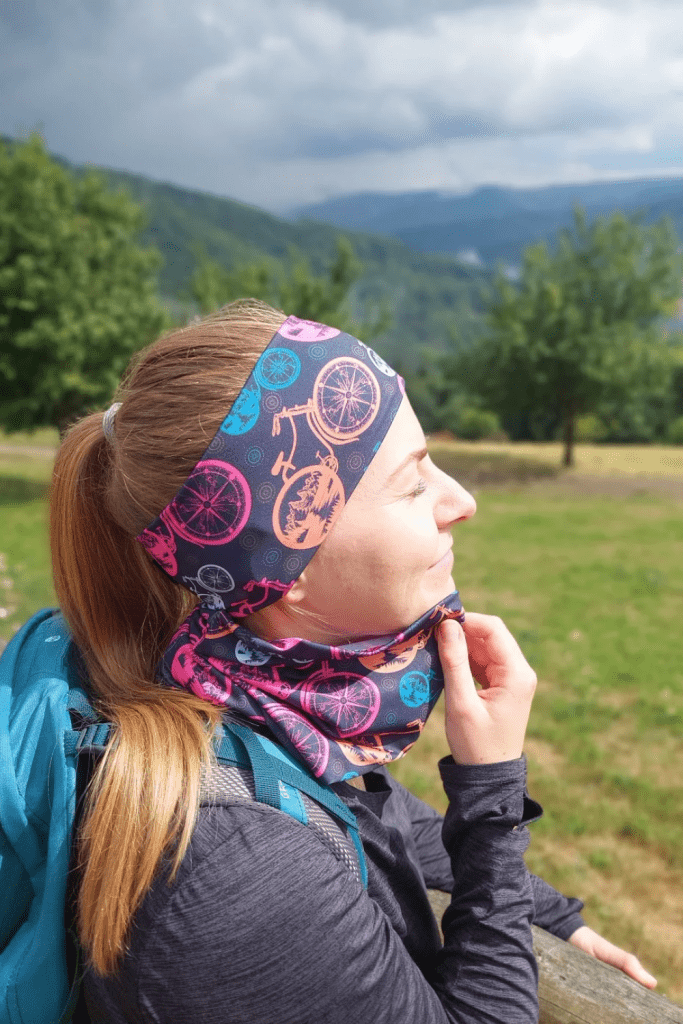
The Windproof Face Mask
- Step 1: Hold the Buff with both hands, one on each end.
- Step 2: Place the Buff around your neck.
- Step 3: Pull the ends of the Buff up to cover your nose and mouth, providing a windproof face mask.
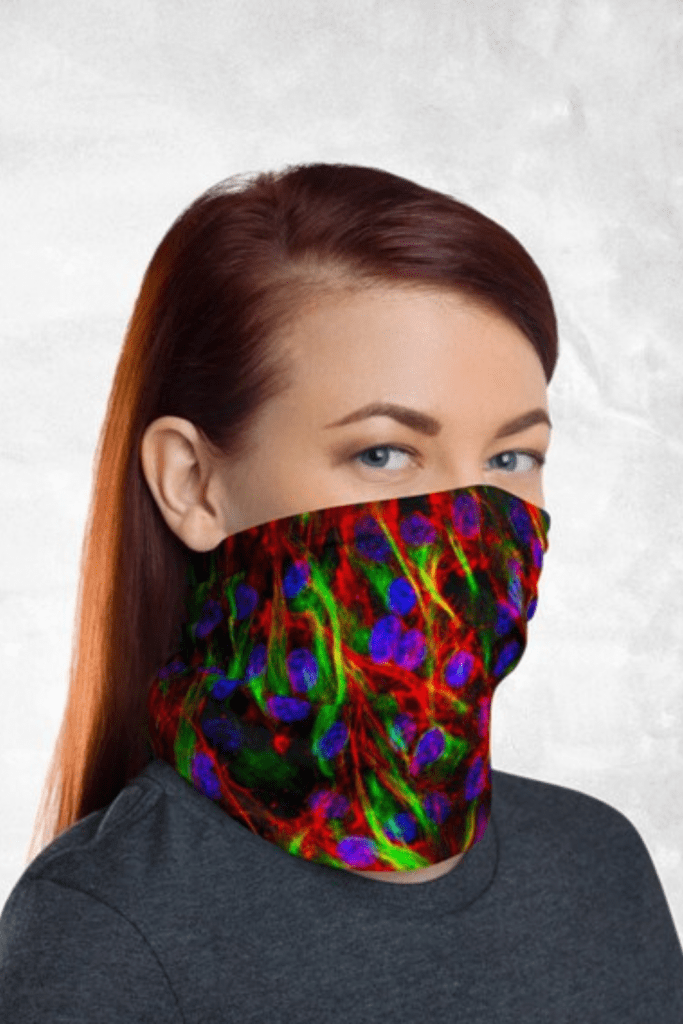
The Ponytail Holder
- Step 1: Fold the Buff into a narrow strip, about 1 to 2 inches wide.
- Step 2: Tie the folded Buff around your ponytail to keep it in place during physical activities.
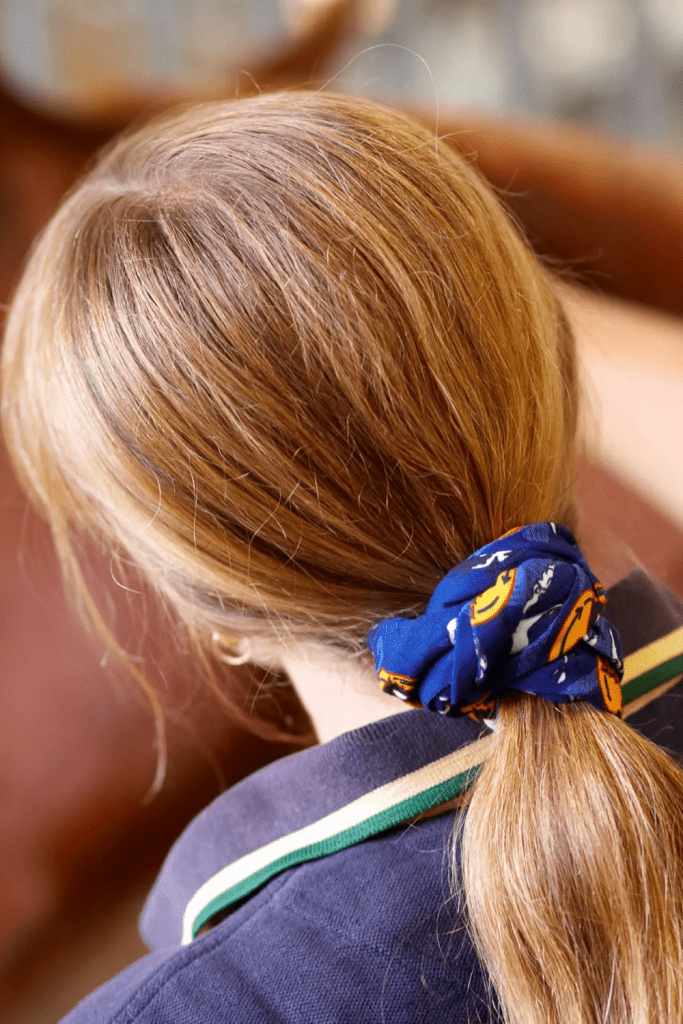
The Tube Top
- Step 1: Fold the Buff into a wide band.
- Step 2: Tie the folded Buff around your chest to create a fashionable and unique tube top.

When it comes to mastering the versatility of accessories discover the timeless style and modern flair of bolo ties in our guide How To Wear A Bolo Tie: A Timeless Accessory With Modern Style.
Buffs for Every Season
- Choosing Lightweight and Breathable Buffs for Summer
During hot summer months, opt for lightweight and moisture-wicking Buffs that will keep you cool and dry while protecting you from the sun’s rays.
- Opting for Moisture-Wicking and Insulating Buffs for Winter
In winter, choose Buffs made from insulating materials to keep you warm, and make sure they can wick moisture away to prevent discomfort and chills.
- Transitional Buffs for Spring and Autumn Adventures
For those transitional seasons, pick versatile Buffs that can adapt to changing weather conditions. Consider Buffs with added UV protection for spring and slightly thicker fabrics for autumn.
In mastering the versatility of how to wear a buff, we explore various styling techniques, and for those seeking a touch of vintage charm, we’ve also crafted ‘Vintage Brooch Is Back: A Guide For How To Wear A Brooch’ to complement your adventurous ensembles with timeless elegance.”
Final Words
The Buff is more than just a piece of fabric – it’s a valuable tool for outdoor lovers. The Buff’s versatility knows no bounds, from protecting against the sun and wind to providing warmth and style. Experiment with the various ways to wear a Buff, and you’ll discover that it is a must-have companion for every adventure. So, embrace the endless possibilities and unlock the full potential of your Buff on your next escapade into the great outdoors. Happy adventuring!



